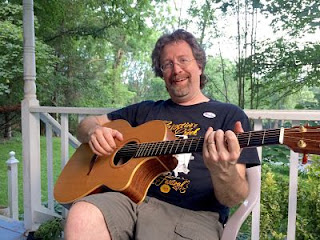So What Do I KNOW About My Family Now?
Great question, and the answer is "a lot!" But there are limits, and we've discussed many of them in detail in the past few posts. Here are the highlights - some general conclusions and cautions. There has never been a better time for those interested in their family history to do an autosomal DNA test - the standard offered by all of the popular companies like Ancestry, 23andMe, My Heritage, Family Tree DNA etc. At present more than 20 million people have done so - and that almost certainly includes a lot of people who share some ancestry with you. Add to that the enormous ongoing efforts at digitizing historic records from many countries, and bringing them online along with tools like optical character recognition (OCR) and powerful searching features. It has never before been possible to go so far back into your family's past without leaving your desk! Autosomal DNA (measured in centimorgans , or cM) can provide conclusive evidence about people to whom we are c...
